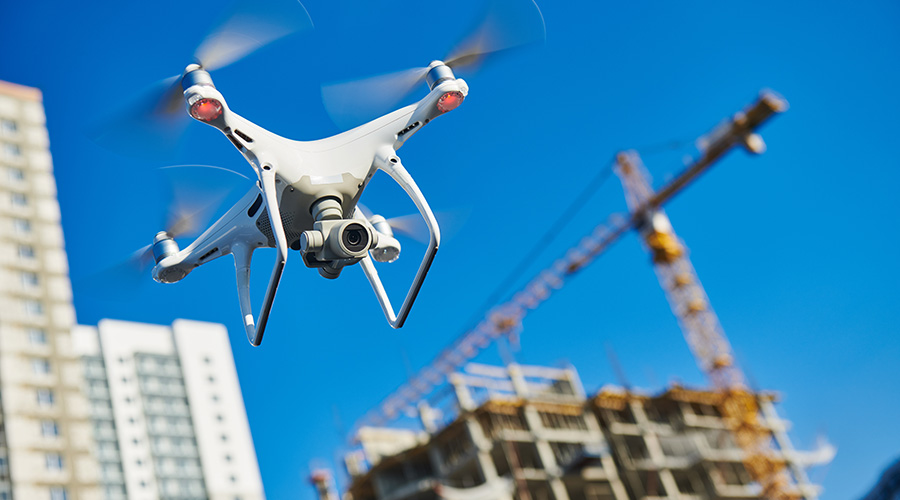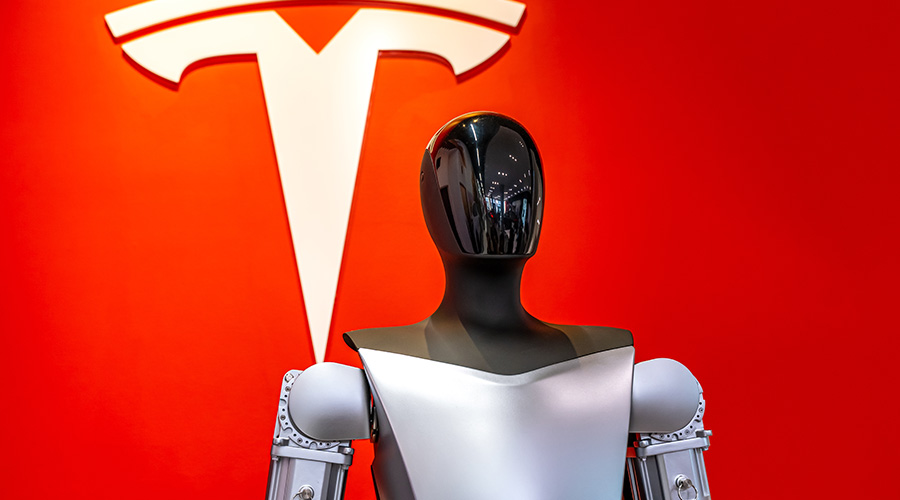CMMS: Benefit to the Bottom Line
Implemented and used strategically, a CMMS can help managers recast maintenance as a positive activity for their organizations
The word maintenance too often carries negative connotations. Whether the word evokes a broken machine or a necessary evil for the organization, it clearly is linked in the minds of many people in institutional and commercial facilities with negativity and pessimism.
Despite those images, maintenance is defined as the work of keeping something in proper condition. So maintenance is much more important than many people in facilities realize, or at least will admit.
When examining the situation, maintenance and engineering managers should consider some tough questions. How many senior managers come from maintenance? How many interns are hired for the maintenance department? How many maintenance-specific courses do front-line technicians have access to?
The answer to all of these questions generally is, very few, if any, and it essentially shows maintenance is a very low priority for most organizations. Another challenge is the maintenance budget usually is the first one companies cut when tightening their financial belts. But as managers know too well, such a cut can seriously damage a company’s long-term survival.
One essential management tool — a computerized maintenance management system (CMMS) — can go a long way in helping managers reshape the image of maintenance.
Cost or Profit?
In an effort to recast maintenance as a positive activity, it is important to see it as a profit center, instead of a cost center. A cost-center approach is strictly concerned with adhering to the budget and decreasing expenses as much as possible. In contrast, the profit-center model realizes organizations can allocate investment and operating costs to improve efficiency. This increased efficiency naturally results in higher profits.
Not surprisingly, informal surveys conducted at numerous seminars on CMMS reveal most companies — more than 90 percent — operate their maintenance departments as cost centers.
Maintenance is the backbone of any organization in which equipment must be maintained, whether it is a manufacturing plant, a facility, or a utility. If a piece of equipment is down and cannot perform, serious consequences can result. In the case of an institutional or commercial facility, an equipment breakdown could mean poor service to other departments or customers, possibly resulting in greater occupant discomfort or higher operating costs.
It is clear organizations must take a profit-centered approach to maintenance, and many ways exist for companies to achieve this goal. One such way is through equipment performance with no downtime. Just as professional athletes must train to keep their bodies in excellent shape to be able to perform, this approach stresses keeping the equipment and facilities in the best possible condition.
One way companies can turn maintenance into a profit center is through improving overall equipment effectiveness (OEE), which has three components:
• availability, or the percentage of time a piece of equipment is ready to work
• utilization, which is the rating of the machine that is available from the manufacturer
• quality rate, which is how well the equipment actually operates. Out of every 100 hours of operation, how many of them meet company standards and requirements?
Unfortunately, U.S. companies have an average OEE of only 40 percent, which is less than one-half of the acceptable level according to world-class standards.
While many companies typically buy new equipment, it is much more cost-effective to maintain the existing equipment. Higher OEE means higher equipment capacity, which means more efficient and reliable operation. This is a good example of one way managers can turn maintenance into a profit center.
Another way to achieve this goal is through effective preventive maintenance. Hypothetically, assume for every hour of downtime, the organization loses $1,000. Since it is common for equipment to be down for a few weeks each year, assume downtime of 100 hours annually.
In this example, the company will lose $100,000 in the 100 hours of downtime. Multiply that by the pieces of equipment in the facility, and the losses could be staggering. If an appropriate PM program is in place, it can minimize downtime and save a great deal of money. This is exactly the way maintenance can become a profit center.
How a CMMS Can Help
A CMMS can help managers assure the high quality of both the equipment condition and its performance. So a CMMS is not just a means of controlling maintenance. It is a primary tool for improving maintenance productivity. Key CMMS functions include: generating, planning, and reporting work orders; developing a traceable history; and recording parts transactions.
Managers can deliver a number of benefits through the efficient use of a CMMS. Some benefits include increased labor productivity, increased equipment availability and performance, and longer equipment life.
Of these, one of the most significant is increased labor productivity. If a CMMS provides technicians with a planned job, the procedures, needed parts and tools, they should be able to work without delays or interruptions. They also should be able work more safely, since job plans would describe all of the required safety procedures.
Among the additional, tangible benefits of a CMMS include: reduced overtime; less reliance on contractors; reduced maintenance backlog; reduced cost per repair; improved morale; better service; less paperwork; and reduced follow-up required by supervisors.
Inventory Benefits
Two other factors contributing to the move toward maintenance as a profit center are inventory control and environmental control. The benefits of inventory control include reduced inventory costs, less excess inventory, and greater parts availability. In terms of reduced inventory costs, experience shows that managers can reduce the number of parts stocked and used by 10-15 percent.
Improved equipment performance results mainly from performing adequate predictive and preventive maintenance. By keeping the equipment in good condition, the equipment’s performance increases.
In terms of environmental control, safety and compliance also are essential issues. Preventing accidents and injuries as a result of proper procedures documented by CMMS can save companies a significant amount of money.
Many organizations also must comply with regulations, so managers with organizations that require such compliance should select a CMMS that has an appropriate regulatory compliance module. In fact, meeting the regulatory standards can save money that otherwise would be spent in non-compliance fines.
Maintenance is an essential activity that organizations should view as a profit center. While many companies simply view it as an added expense or a cost center, they instead should view it as an important investment in a company’s future. This situation offers managers an opportunity to maximize the investment in their CMMS to turn maintenance into a profit center that can improve the organization’s bottom line.
Kris Bagadia — krisb@peakis.com — is president of PEAK Industrial Solutions, LLC, a CMMS consulting firm in Milwaukee.
Related Topics:











